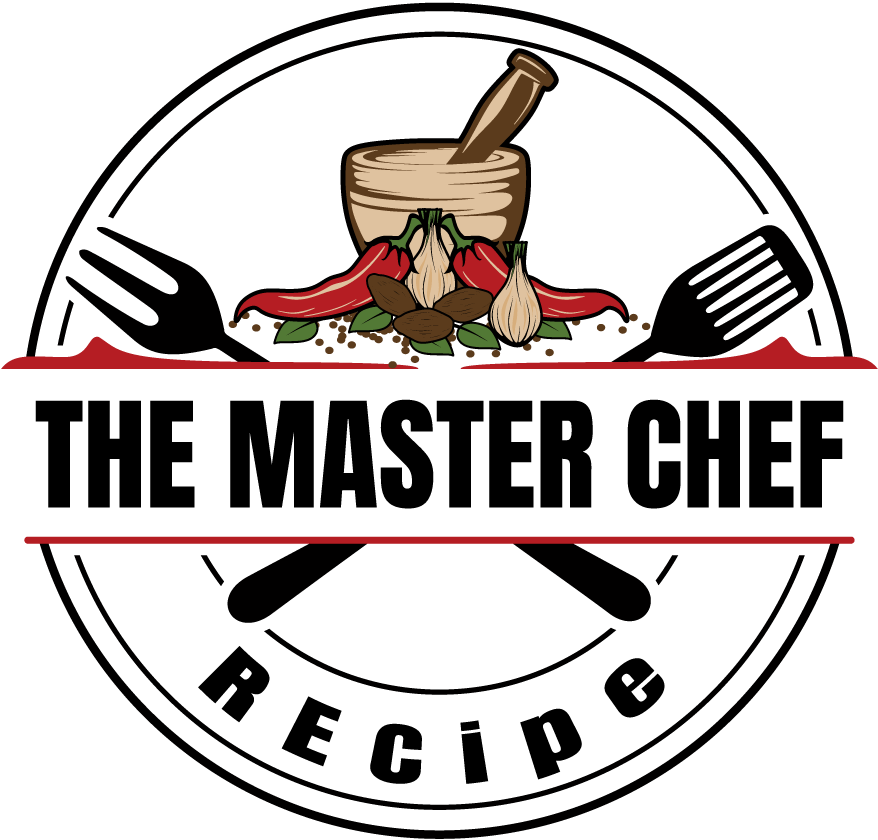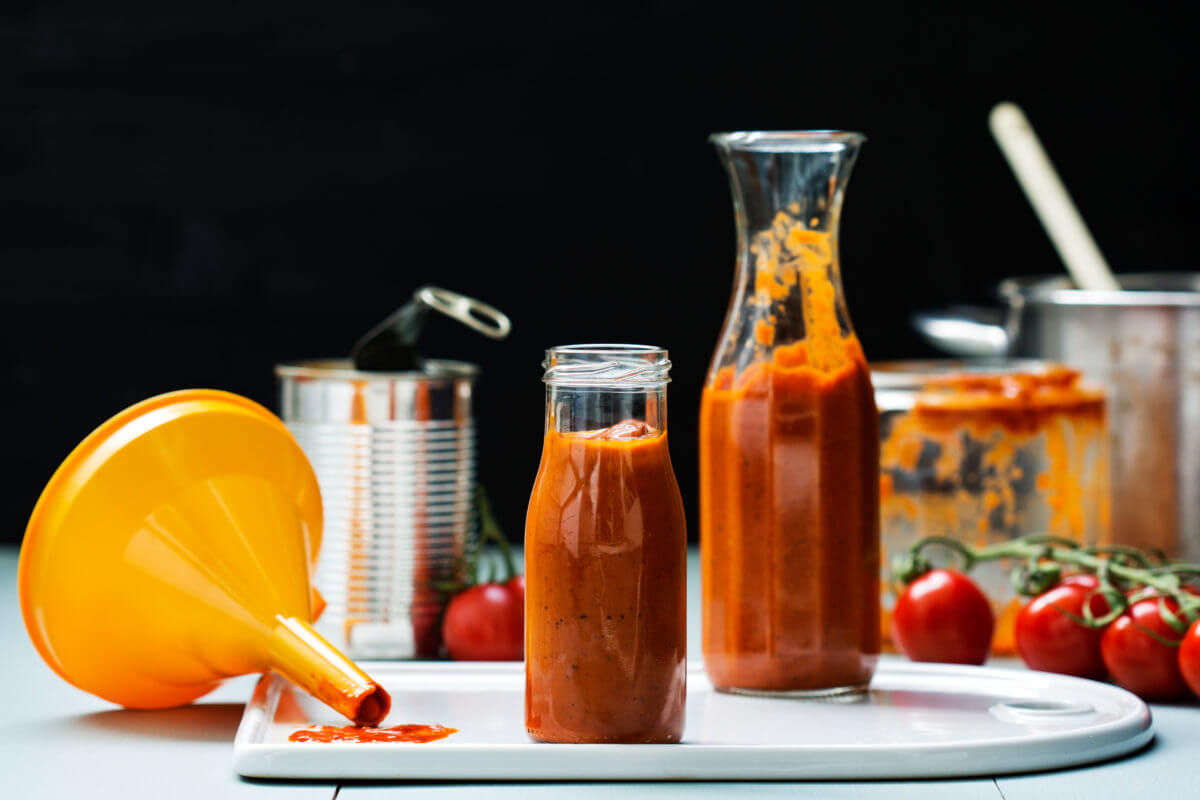Ingredients
- 6 oz. can Tomato Pasteor homemade tomato puree
- 1/4 cup Honey
- 1/2 cup White Vinegar
- 1/4 cup Water
- 1 tsp Sugar
- 3/4 tsp salt
- 1/4 tsp Onion Powder
- 1/8 tsp Garlic Powder
Directions
KETCHUP- a unique red creation, immediately appetizing and sweet, with the perfect measure of puckering twang, it is slathered and spurted onto our number one nourishments.
Indeed, even the most infertile of fridges have a waiting container that clacks with the whoosh of an opened entryway. It is the saint of American sauces: ketchup.
HOW WE OBTAINED KETCHUP?
Let’s have a little throwback together!
In the U.S., 97 percent of families report having a bottle of ketchup at the table. How did a straightforward sauce come to be so adored by America? It turns out ketchup’s sources are not American. Ketchup comes from the Hokkien Chinese word, kê-tsiap, the name of a sauce got from matured fish. It is accepted that brokers brought fish sauce from Vietnam to southeastern China.
The British probably experienced ketchup in Southeast Asia, gotten back, and attempted to repeat the aged light sauce. It likely occurred in the late seventeenth and mid-eighteenth hundreds of years as proven by a formula distributed in 1732 for “Ketchup in Paste,” by Richard Bradley, referred to “Bencoulin in the East-Indies” as its root.
KETCHUP CAME A LONG WAY!
Ketchup’s prosperity was expected to a limited extent since it very well may be kept for as long as a year. In any case, the protection of ketchup demonstrated testing. Since the tomato-growing season was short, creators of ketchup needed to take care of protecting tomato mash all year. A few makers dealt with and put away the item so inadequately that the subsequent sauce contained pollutants like microbes, spores, yeast, and form—driving French cookbook writer Pierre Blot to call business ketchup “grimy, deteriorated and foul” in 1866.
With the ascent of the ketchup business, plans for the fixing gradually evaporated from cookbooks. Home cooks found that handcrafted ketchup didn’t taste “right.” It isn’t unexpected. Americans currently buy 10 billion ounces of ketchup every year, which means around three jugs for each individual every year. If you can pay something scrumptious off the rack, why in the world would you endeavor to make it?
EVEN IF IT’S THERE, WE WILL STILL MAKE IT!
The fact that item that’s readily available at the reach of hand doesn’t need much attention in the kitchen; still- some cooking lovers love to do their experimentation. Many have succeeded in making organic ketchup recipes right on their kitchen shelves. That’s why even if something is easily approachable; it doesn’t mean you don’t get to experiment with it.
We bring you one of the most successful and best homemade ketchup recipes if you are an organic food lover. If you don’t like to buy factory-made preservative added ketchup in your fridge, you can try our delicious and straightforward to make ketchup recipe right at your home and stay sure of your health all times.
Steps
1 Done | If you plan to use homemade tomato puree, you need to boil the tomatoes in a little water and blend them in a blender. You can also tomato paste and combine it with all the other ingredients--honey or agave, white vinegar, water sugar, salt, onion powder, and garlic powder in a large cooking pot. |
2 Done | Stir slowly on high heat, and once the boil comes, turn the heat down and simmer once in a while between 20-25 minutes until the paste loses its volume. |
3 Done | The mixture will become half of its original shape and will be thicker in texture. Once you see the paste changing its shape, remove it from heat and let it cool in another bowl for some time. |
4 Done | Chill in the fridge in a jar and use it whenever you crave something delicious that goes best with your homemade tomato ketchup. |









